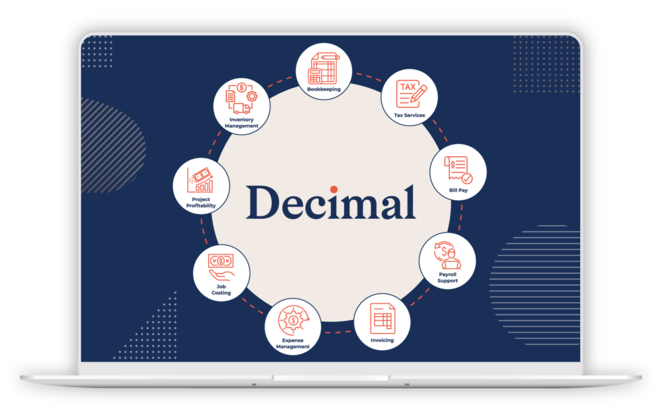Over the last decade or so, the role of finance has expanded beyond balancing books and filing reports. Businesses, especially the SMBs (small and medium businesses), expect the teams to give insights that shape business strategies and propel business growth stories. Additionally, the advent of AI in business functions has pushed expectations higher. It has put extra pressure on teams to deliver more with existing resources. To succeed, finance teams must reclaim time from operational work and focus more on advisory.
One of the most overlooked opportunities lies in payment operations. Long treated as a routine back-office task, it actually holds untapped potential to drive efficiency and create a lasting competitive advantage for businesses.
The challenges that slow down payment operations
Though technology has transformed many areas in finance, payments haven’t changed much. Businesses are still being weighed down by outdated payment practices.
Disconnected systems: Businesses often juggle between accounting software, banking portals, spreadsheets, and third-party payment gateways. This fragmented ecosystem forces manual intervention, dual data entry, and time-consuming reconciliation, all of which slow down operations. It also creates data blind spots where valuable payment insights are lost.
Manual reconciliation and errors: Matching payments against invoices and bills is a painstaking exercise for many finance teams. Cross-checking statements, ledgers, and reports often leads to delays in closing books, compliance gaps, and discrepancies that surface only during audits.
Limited flexibility in payment collections: Many businesses rely on patchwork payment collection solutions. They use separate tools for payment links, checkout pages, or embedded buttons. This creates inconsistent client experiences, delayed collections, and a lack of visibility across channels.
Risk and vulnerability: Payment acceptance is never risk-free. Without real-time monitoring or fraud detection, businesses are exposed to fraudulent transactions, compromised card data, and unauthorized access. This makes teams spend more time decoding incidents after fact, allowing significant inefficiencies to creep in.
The cost of these is significant. According to a recent article on cfo.com, 36% of U.S. businesses say payment automation saves their finance teams nearly 10 hours per week . Now that’s huge.
Why fixing payments matters
As finance teams are asked to move faster, advise with sharper insights, and guide businesses through uncertainty, inefficiencies in payment operations are unacceptable.
Fixing payments isn’t just about streamlining workflows. It’s about reducing effort, accelerating reporting, and ensuring compliance. More importantly, it gives finance teams back the bandwidth to shift their energy from reconciling spreadsheets to influencing strategy.
The real shift comes when payments are reimagined as part of a connected finance and business ecosystem. Only then can businesses fully harness tools like AI to turn operational data into forward-looking insights.
Shift towards integrated ecosystems
An integrated finance platform, where payments, accounting, sales, and other business systems work together seamlessly, holds the key to many of the challenges in payment operations. Businesses are slowly moving towards such ecosystems.
When every transaction flows directly into the financial system, duplication and fragmented records disappear, along with the reconciliation headaches they create. Embedded finance and API-driven connectivity bring payment capabilities into existing workflows, removing the need for patchwork tools and ensuring a consistent experience for both teams and customers. At the same time, real-time settlements offer faster access to funds and clearer visibility into liquidity. With built-in compliance and automated controls, businesses reduce the risk of errors and fraud.
By weaving payments into the larger financial ecosystem, businesses move from constantly fixing problems after the fact to anticipating needs in real time.
Turning payments into insights
A connected ecosystem is a good start. The true leap forward comes when AI is infused into the scheme of things. It can analyze transactions in real time, highlight anomalies, predict cash flow trends, and even flag emerging risks before they escalate. Instead of reacting to problems after they surface, finance teams can guide the business with proactive insights.
Conclusion
AI is raising the bar, and resources are stretched thin. To keep pace, businesses must reclaim time from operational inefficiencies and channel it into advisory work that drives growth. Fixing payment operations is one of the most immediate and high-impact ways to make that shift. By embedding payments into an integrated ecosystem and layering it with AI, businesses can transform every transaction from a routine record into a source of insight. In doing so, payments become a true lever of competitive advantage.
Sponsored Content: This article is generously brought to you by one of our valued sponsors. Their support enables us to continue delivering expert insights and the latest industry trends to our dedicated community of accounting professionals.
.png?width=150&height=63&name=TWRlogo-regmark_blueblack%20(1).png)
.png)










Do you have questions about this article? Email us and let us know > info@woodard.com
Comments: